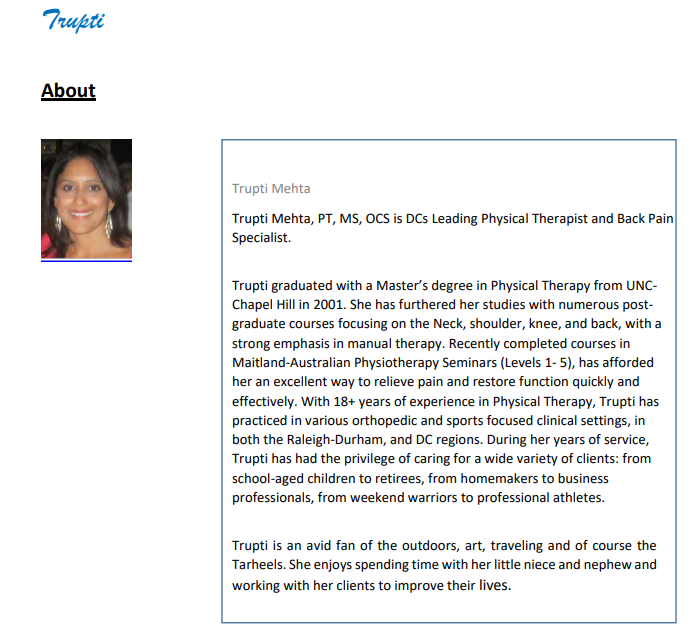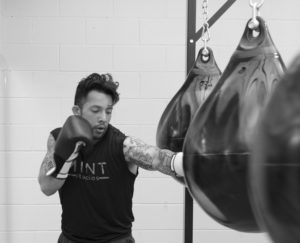Are you ready to be a MINT Studio Instructor…?
The heart of MINT has always been signature classes, so when we found this amazing space that combines history, architecture, and charm, we knew it would make the perfect first MINT Studio location. Enjoy even more amazing Power Playground classes (high intensity, power and strength driven), turf area for MINTFuze, and a Boxing studio with aqua bags! mintdc.com
Our charismatic instructors elevate classes from physical experiences to epic mind-body journeys. Each MINT instructor has a unique teaching style. They’re athletes, performers, and confidants. They’re authentic, charismatic, raw and magnetic. Whatever a member needs, whatever they’re looking for, our instructors help them find it!
MINT is special: It’s emotional, it’s physical, it’s a community. We’re a unique brand, and we’re looking for true quality instructors with tons of personality and skill who can command the attention of every attendee in the studio. We believe in freedom with structure. The most successful instructors are able to leverage their life experiences, unique personalities and amazing playlists, to help members experience physical and mental breakthroughs. Are you up for the challenge?
Job Requirements And Skills
• Passionate, positive and hard-working individual with a love for health and fitness
• Strong Interpersonal communication and inspiring leadership skills
• Ability to thrive in a fast-paced, entrepreneurial environment
• Team player with a positive attitude
• Ability to lead with confidence
• Ability to count to the music and distinguish beats
• HIIT, Boxing or Group Ex Certification as relevant to teaching specific genres
• In your cover letter, please provide your availability, including days of the week and times, that you are available to teach
** Candidates with Personal Trainer Certifications may also apply for full-time trainer/instructor combination positions.
MINT Studio @ Manhattan Laundry
1346 Florida Ave NW
Washington, DC 20009
www.mintdc.comClub location:
MINT Dupont – full club
1724 California Street, NW
Washington, DC 20009
If interested please contact us at HR@mintdc.com and let’s get started!





 Boxing is one of the oldest sports in the world. For the uninitiated, however, staring down rows of hanging bags, donning wraps and gloves, learning new punches, and envisioning fists of fury may feel a little intimidating; for others, it may simply be an exciting challenge. But no matter what, you should ditch any hesitation and get yourself to a
Boxing is one of the oldest sports in the world. For the uninitiated, however, staring down rows of hanging bags, donning wraps and gloves, learning new punches, and envisioning fists of fury may feel a little intimidating; for others, it may simply be an exciting challenge. But no matter what, you should ditch any hesitation and get yourself to a 
